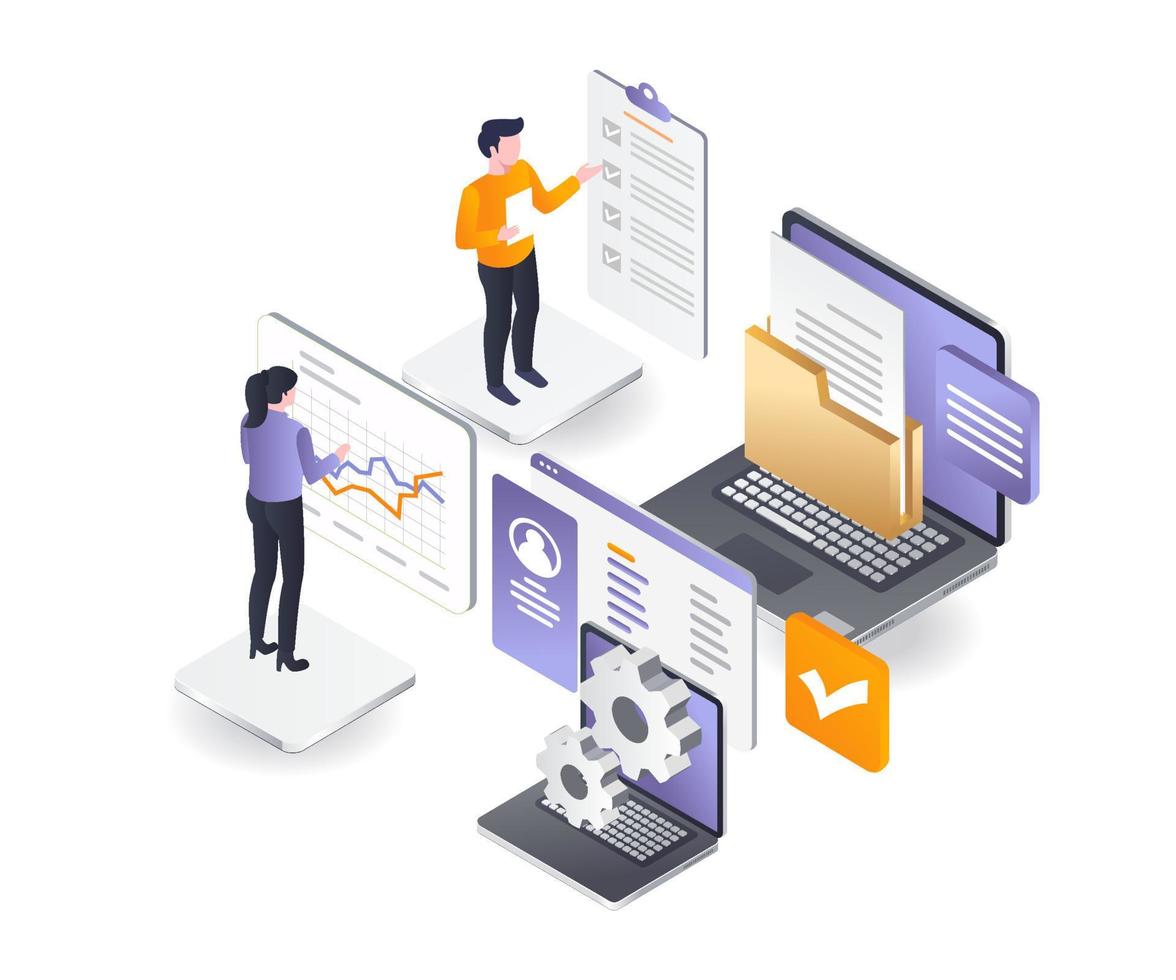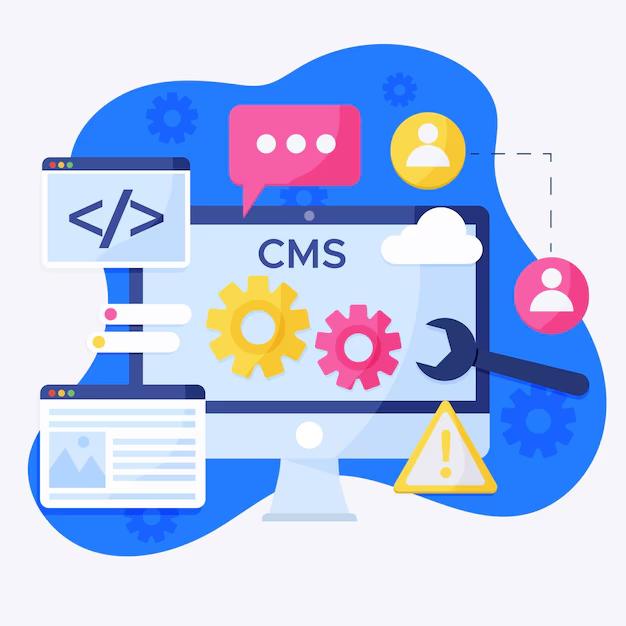Design
Customize Software Service
Custom software is designed to fit your business like a glove, improving efficiency and productivity. Custom software can be integrated with your existing systems, ensuring a seamless workflow.



Lattim Customize Software
When developing custom software, it’s important to follow a structured process to ensure that the final product meets the desired objectives and specifications. This typically involves stages such as



Maintenance and Support
Providing ongoing support and maintenance for the software, including addressing any issues that arise post-deployment and implementing updates or enhancements as needed.
Requirement Gathering
understanding the unique needs and overarching objectives of the software, along with identifying any specific functionalities, advanced features, or specialized requirements that are essential
Testing
Conducting thorough testing to identify and fix any bugs or issues in the software. This may involve different types of testing such as unit testing, integration testing, and user acceptance testing.
Design
Developing a comprehensive design for the software, which includes crafting an intuitive and visually appealing user interface design (UI), enhancing the overall usability and engagement through user experience design (UX)
Planning and Analysis
Formulating a comprehensive and detailed plan for the entire software development process, which encompasses setting clear timelines, allocating necessary resources, and selecting the most suitable technologies to be utilized.
Development
Executing the development phase by writing the actual code for the software in accordance with the detailed design specifications. This process involves programming with precision, rigorously testing each module to ensure functionality and reliability
Review
Clients' Testimonials
Lattim's customized software service exceeded our expectations. The software not only met but surpassed our requirements, integrating seamlessly with our existing infrastructure. Their attention to detail and focus on quality ensured a robust and user-friendly product. A big thumbs up to the team!


We needed software tailored to our niche industry, and Lattim delivered exactly that. The process was transparent, the pricing was competitive, and the final product was efficient and reliable. Their expertise and dedication made all the difference in enhancing our workflows.


Working with Lattim was a game-changer for us. Their customized software solution automated many of our manual processes, saving time and reducing errors. The team was approachable, skilled, and delivered the project within the timeline. We couldn't have asked for a better experience!


Need any help with the projects?


Subscribe email to get news & updates
Am fined rejoiced drawings so he elegance. Set lose dear upon had two its what seen held she sir how know.

